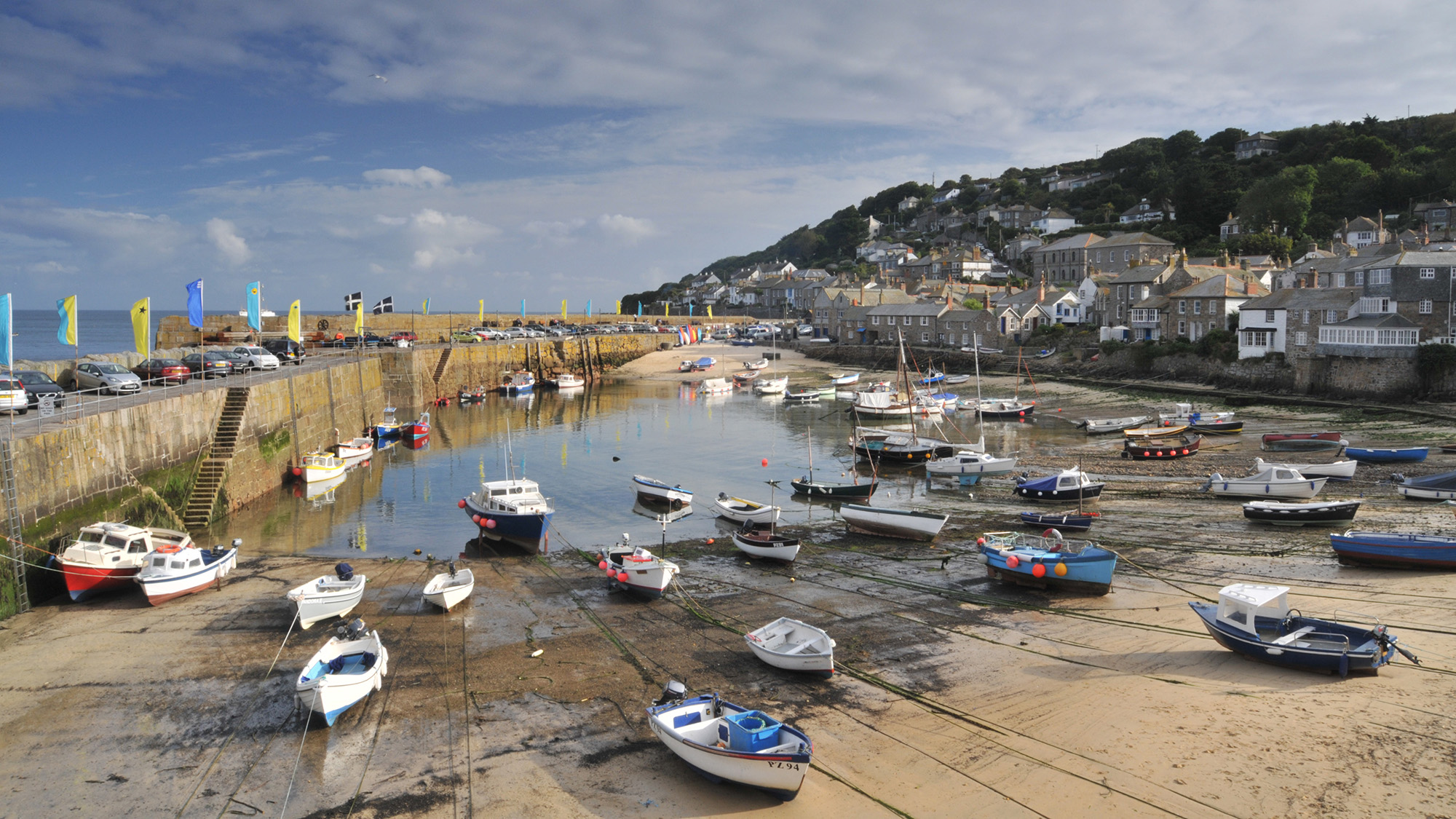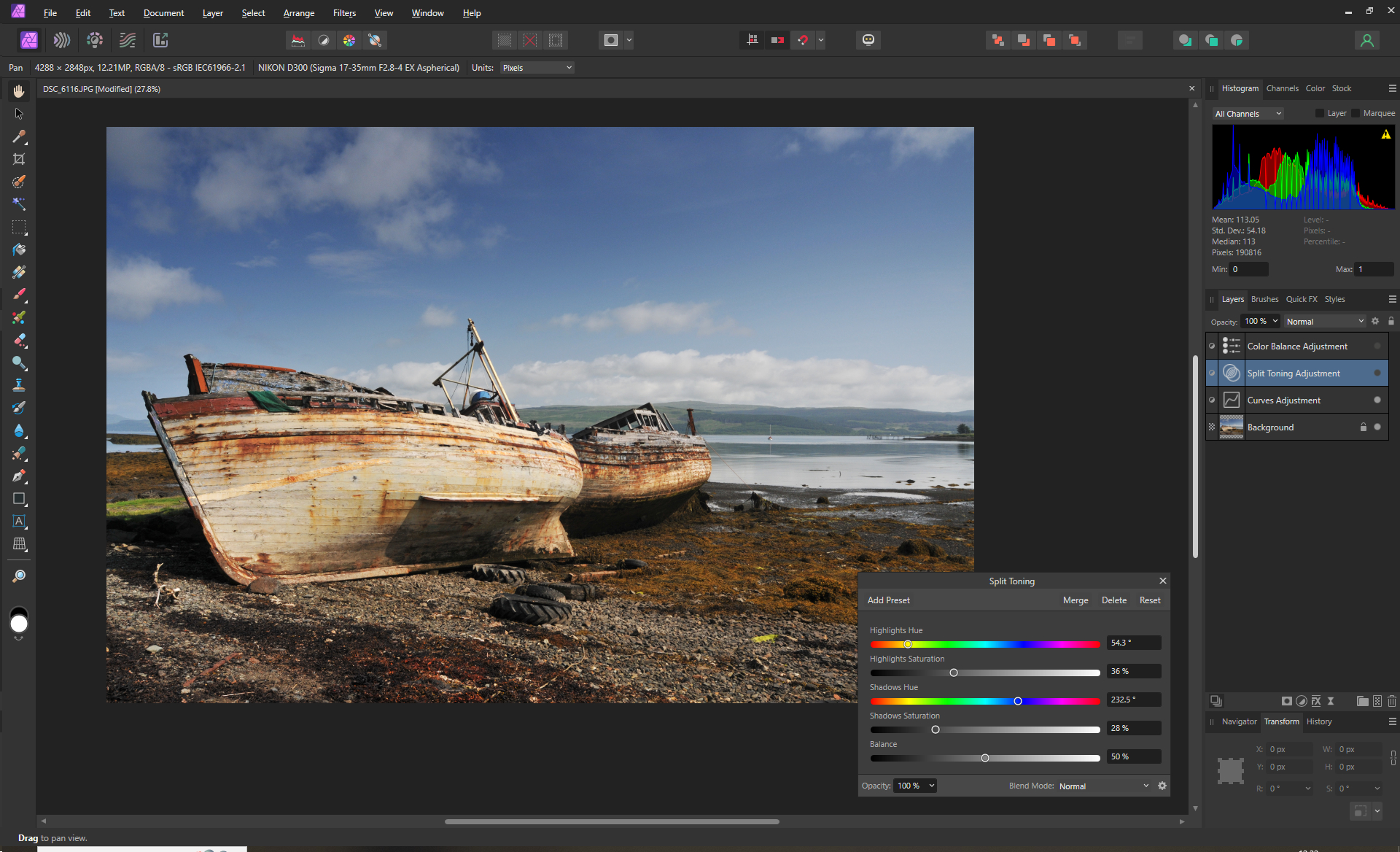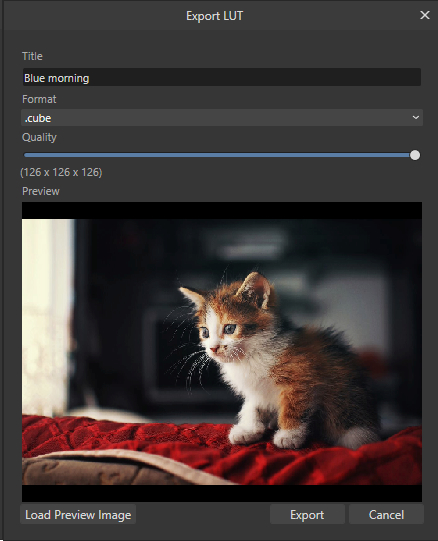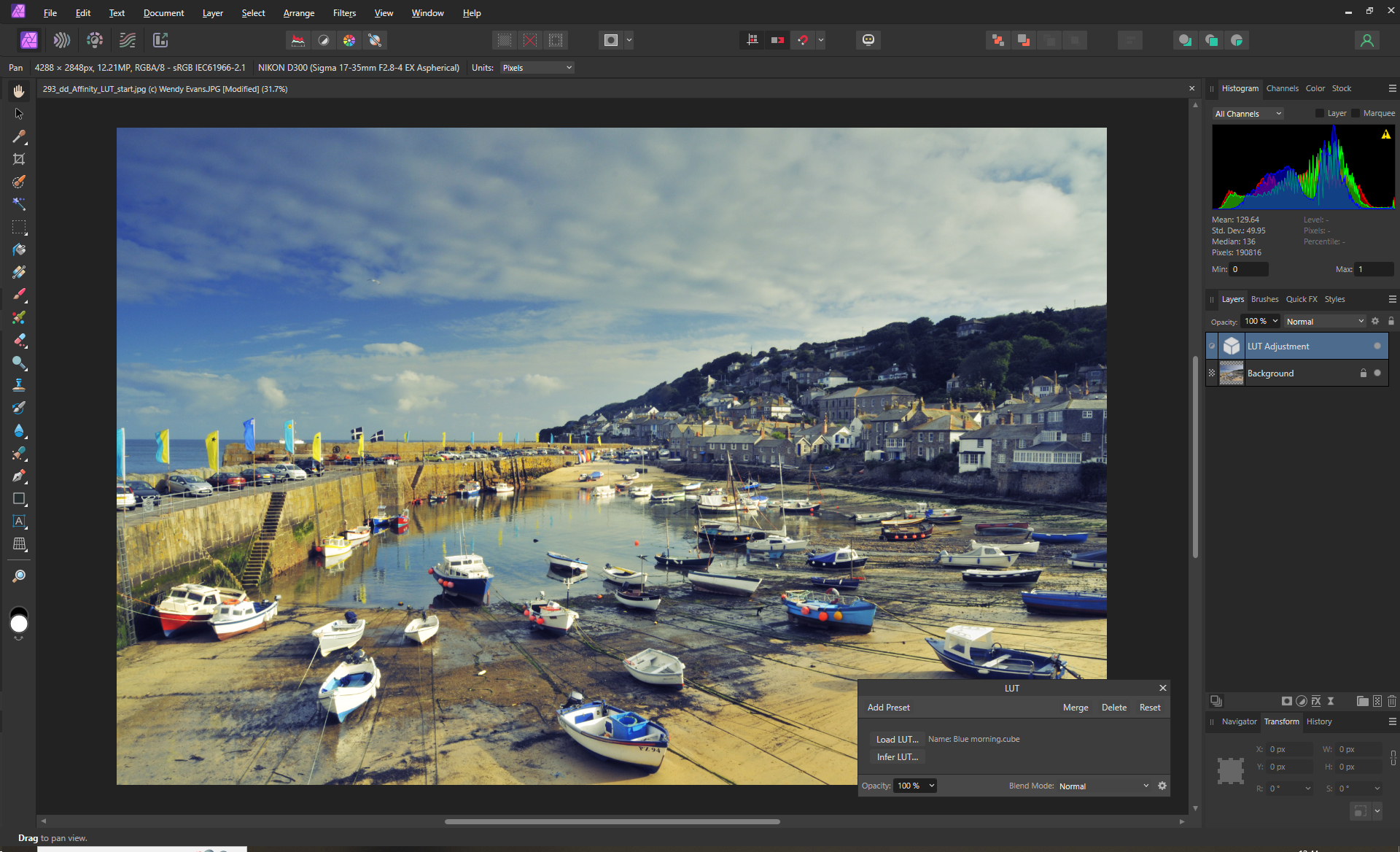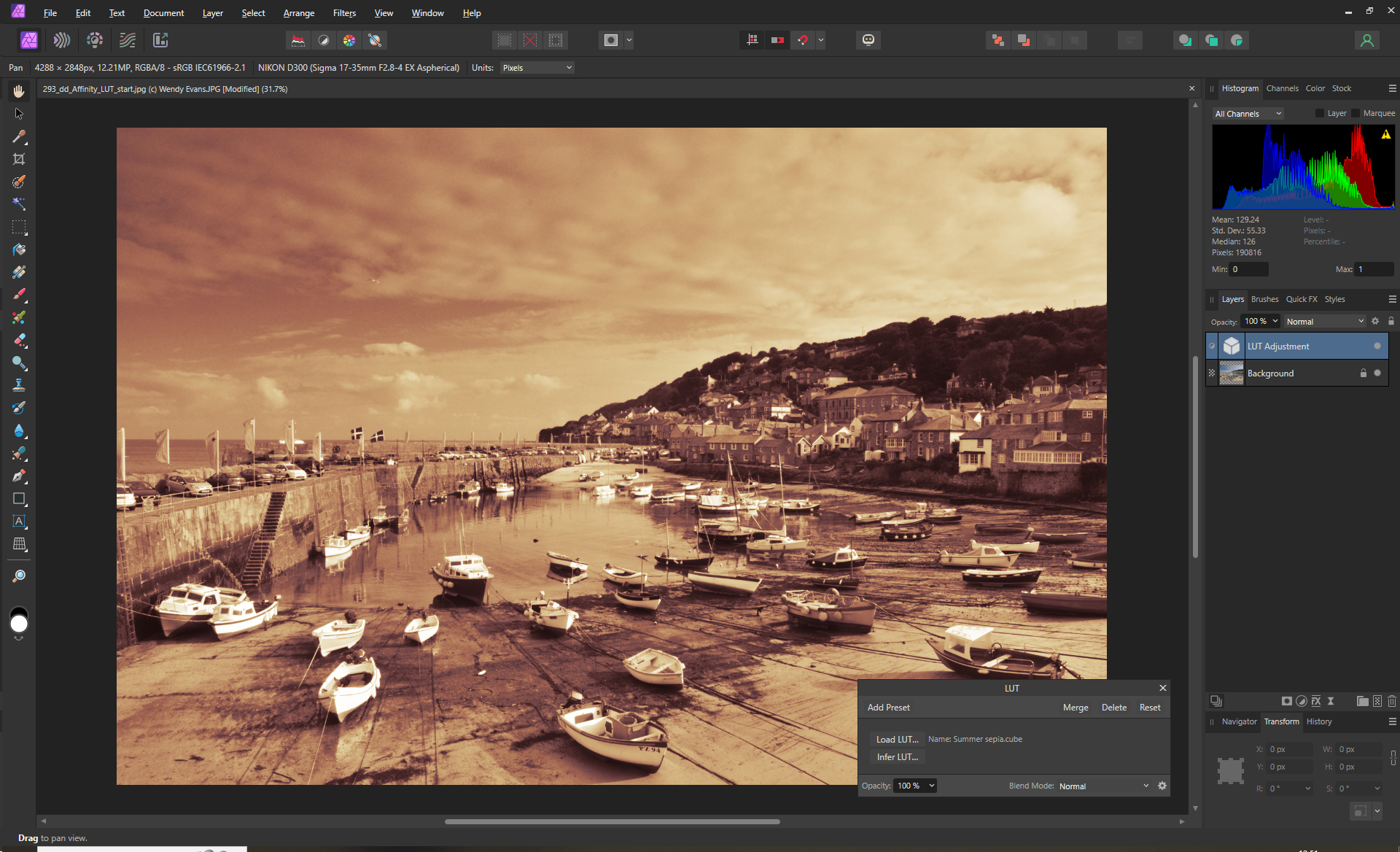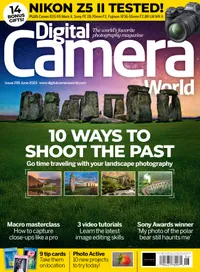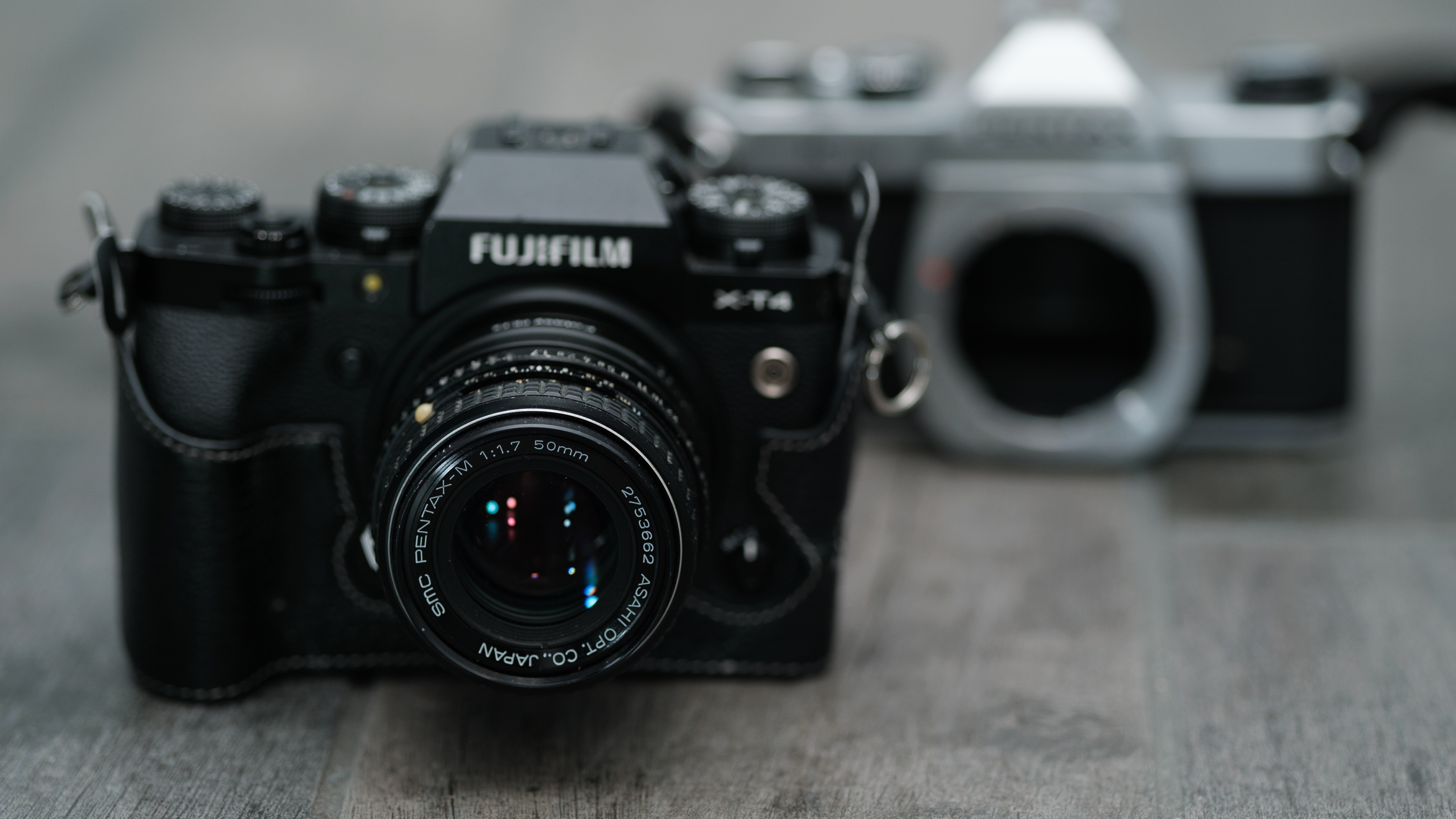Create custom LUTs with Affinity Photo and personalize the look of your pictures
Discover how to make, save and import Look Up Tables in Affinity Photo 2
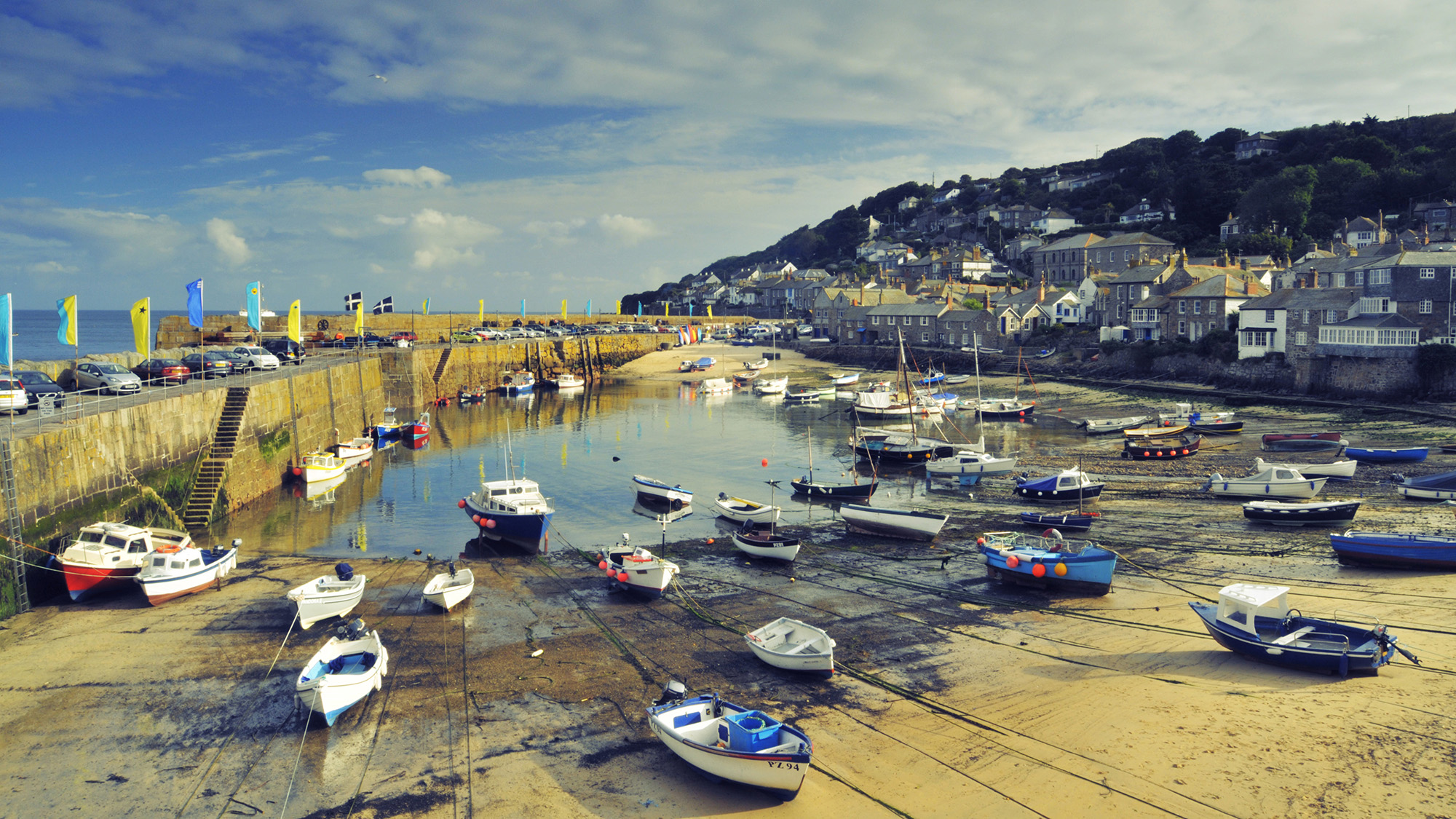
Look Up Tables (LUTs) have traditionally been used in cinematography to give a film a consistent look from scene to scene. Think of The Matrix and that green sheen that’s covers everything.
LUTs are useful in photography, but not just commercially where you want a set of images to all have the same tone,. They are useful for enthusiasts too, as they can be used as a quick way of giving your images a specific look without spending any time creating it. Affinity Photo 2 lets you save your own custom LUTs that you can then load as adjustment layers on other images.
1 Create the adjustments
Firstly, load an image that you’re going to create a LUT with. It’s best if it has fairly generic lighting conditions so severe adjustments aren’t required. Add your various colour and lighting adjustment layers until you are happy with the overall effect and that it’s one that you want to save to use on other images.
2 Save as a custom LUT
Then go to File > Export LUT. Rename the file that gives an idea of what it will do, select .cube as the file format and move the Quality slider all the way to the right. Click on Export and then navigate to a folder where you want to save your LUT files. Make it somewhere that you can remember. Then click on Save.
3 Use your LUT
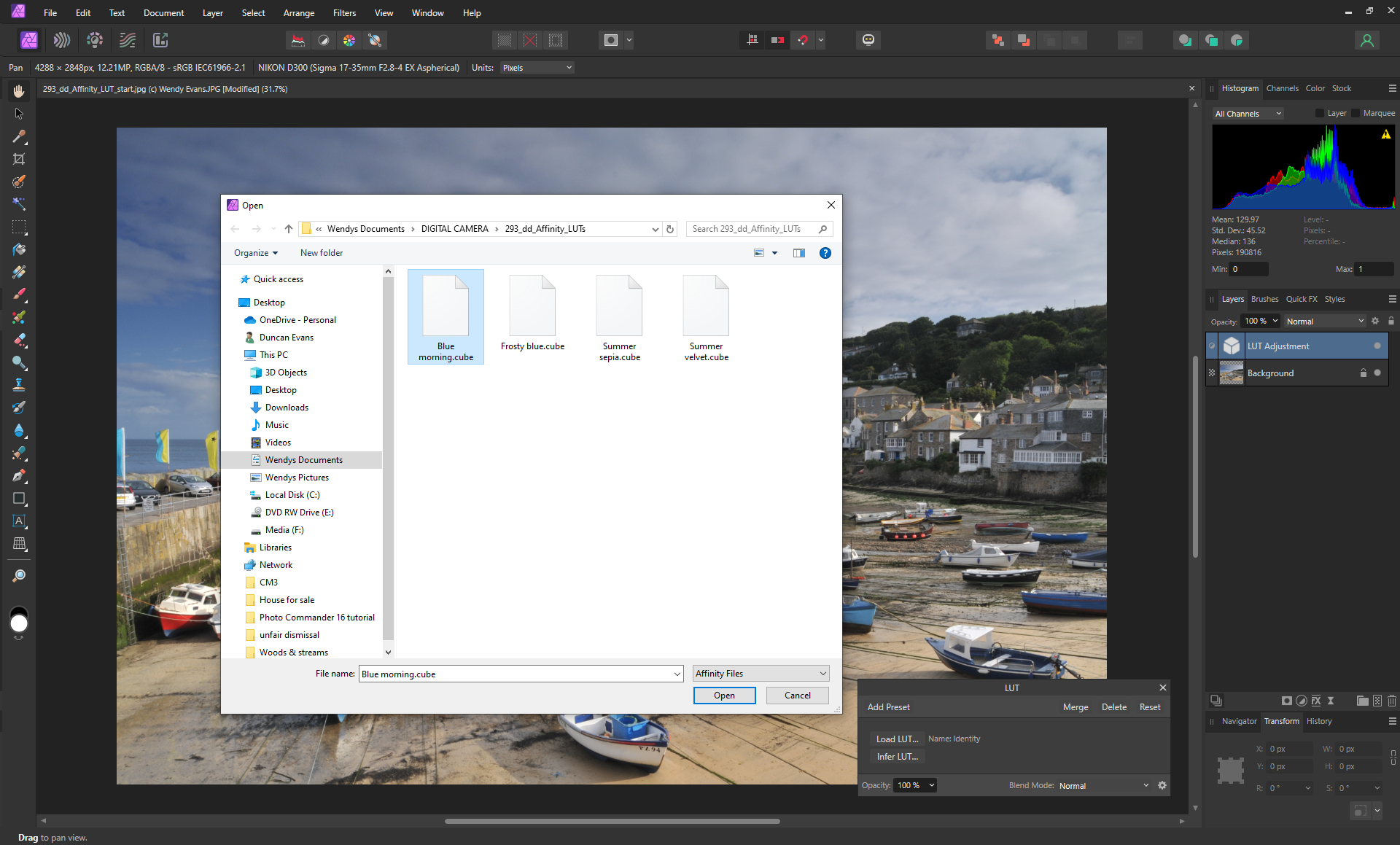
Save the image you were working on and load a new image that you want to have the same look and feel. Ensure you are in the Photo Persona. Go to the Layer panel, click on the Adjustments icon at the bottom and select LUT. Then click on Load LUT and select the LUT you have created. Click on Open.
4 Tweak and blend
All those adjustments that you saved are now bundled into one LUT adjustment layer which you can change the opacity of to reduce the impact, or experiment with the blend mode. You are free to make any other adjustments to enhance the image but it will now have the same tones as other images using this LUT. If you don’t like the result, simply delete the layer or try one of your other custom LUTs.
What exactly are LUTs?
LUTs are great for giving a set of images a consistent look and feel but what are they? A Look Up Table is exactly that, a table that maps the colours of each pixel in an image (the input values) to a specific colour contained within the table. There are a number of different formats, including .lut which controls a single parameter, usually the gamma, and .cube (used in this tutorial) which has three axes that control hue, saturation, luminosity, contrast and gamma.
The best camera deals, reviews, product advice, and unmissable photography news, direct to your inbox!
Digital Camera World is the world’s favorite photography magazine and is packed with the latest news, reviews, tutorials, expert buying advice, tips and inspiring images. Plus, every issue comes with a selection of bonus gifts of interest to photographers of all abilities.
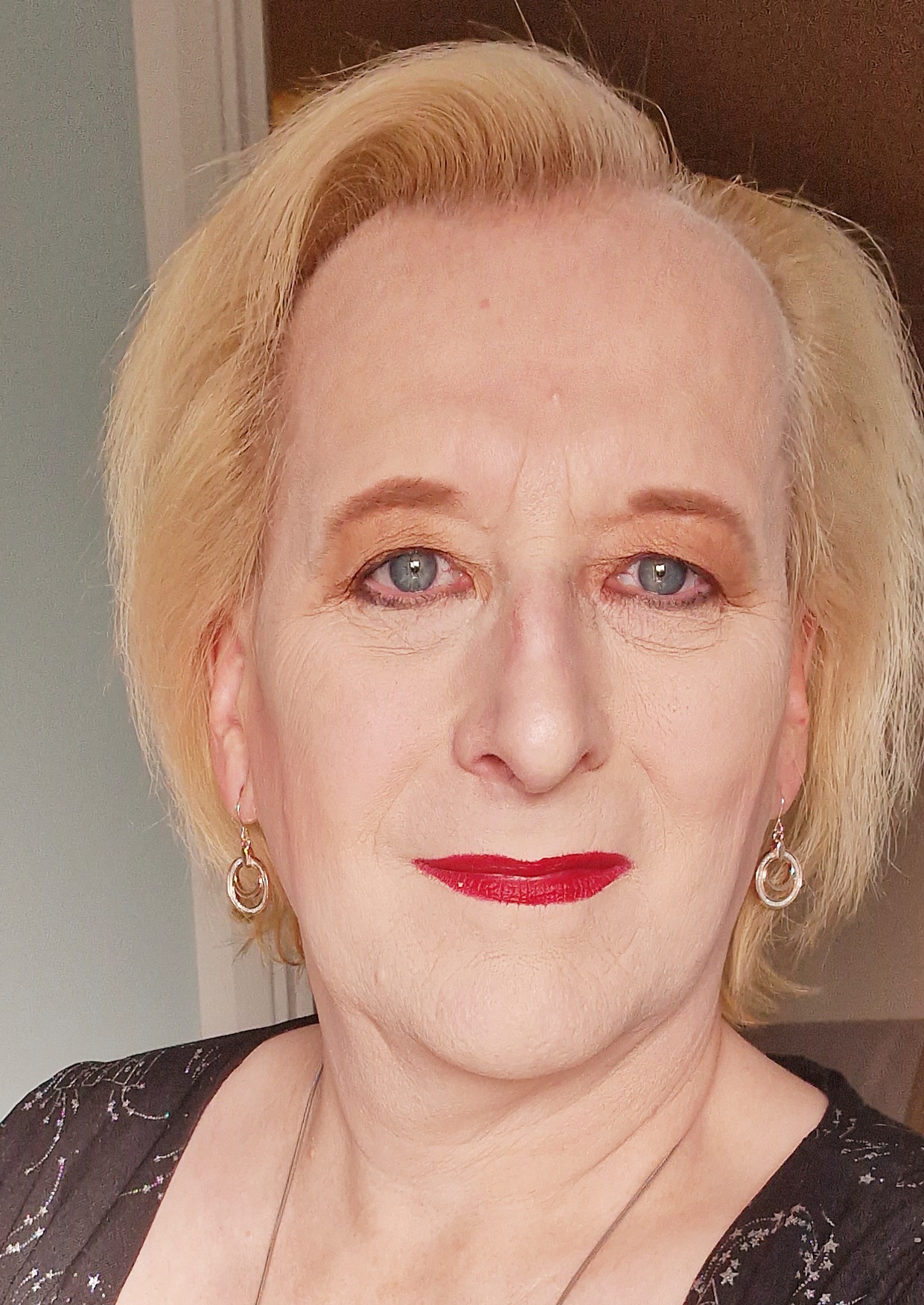
Wendy was the Editor of Digital Photo User for nearly five years, charting the rise of digital cameras and photography from expensive fad to mass market technology. She is a member of the Royal Photographic Society (LRPS) and while originally a Canon film user in the '80s and '90s, went over to the dark side and Nikon with the digital revolution. A second stint in the photography market was at ePHOTOzine, the online photography magazine, and now she's back again as Technique Editor of Digital Camera magazine, the UK's best-selling photography title. She is the author of 13 photography/CGI/Photoshop books, across a range of genres.
You must confirm your public display name before commenting
Please logout and then login again, you will then be prompted to enter your display name.
